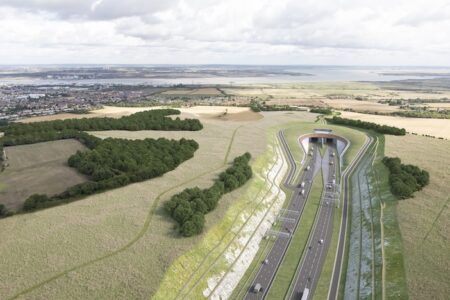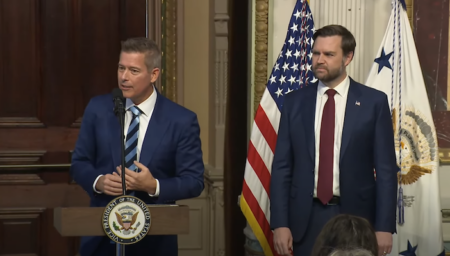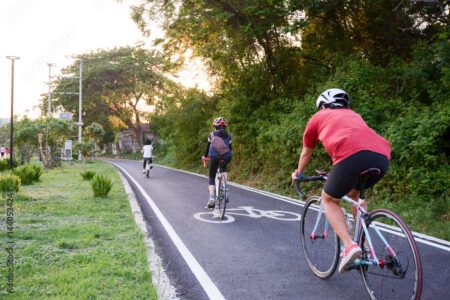A new report from Georgia’s sustainable transportation solutions testbed The Ray, in partnership with the Biomimicry Institute, highlights ways in which critical challenges within today’s mobility systems can be solved using inspiration from nature.
Biomimicry on The Ray identifies biomimetic and bio-inspired technologies that have not yet scaled in use or funding in infrastructure, and provides regenerative design solutions that align with The Ray’s goal of achieving net-zero in transportation.
For example, insect sensing and self-organization functions can inform efficiencies in connected vehicle (V2X) technology by creating mathematical optimization processes that provide drivers with real-time information on the best resources available for battery charging, fuel, or other services.
Incorporating synthetically biomineralized materials into infrastructure projects, mimicking the design patterns of stony coral, can capture and sequester transportation carbon emissions as well as reduce the waste streams of carbon dioxide that come from the production of traditional cement.
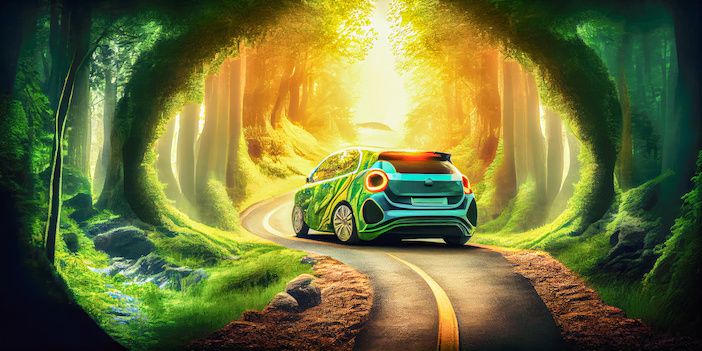
In fact, the nation’s newest advanced research program, ARPA-I, has identified bio-inspired road materials as a promising area of infrastructure research, development and investment, and highlighted North Carolina-based Biomason during its White House launch event this month.
To prevent erosion, reduce flood risk, and filter particulates, The Ray can take inspiration from the North American Beaver to create self-renewing processes for filtering and recapturing tire particles and other toxic materials from roadway runoff.
“The Ray’s three primary goals are zero deaths, zero waste, and zero carbon,” said Harriet Langford, founder of The Ray. “What better example do we have than nature to mimic? Biomimicry provides a lens of how we can use nature’s solutions to work in harmony with the built environment.”
The study also includes an inventory of regenerative advancements and social innovation initiatives that can be made using biomimicry.
“Nature is the only model we have for designing regeneratively and has been conducting R&D for billions of years,” said Deborah Bidwell, the Biomimicry team’s education manager and biology research facilitator with the College of Charleston. “We want to encourage the growing community of biomimicry practitioners – as well as communities, corporations, and local and state governments – to consider the role that living laboratories like The Ray play as amplifiers of nature-based regenerative innovations and holistic sustainable design solutions.”
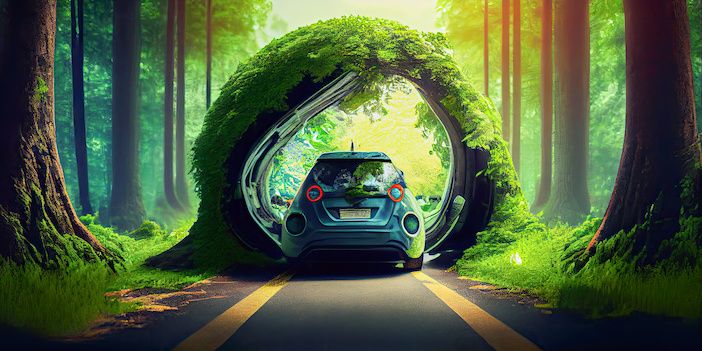
The Biomimicry Research Process
Biomimicry on The Ray was an 18-month study that used a multi-phase approach to support the net-zero mission of The Ray. The study started with a three-month scoping initiative that involved interviewing internal and external stakeholders, and reviewing The Ray’s publications, articles, and strategic planning documents to identify areas of focus. The Ray’s staff and Board completed a 15-week professional biomimicry training to understand the biomimicry design methodology in-depth. As a result, The Ray is now uniquely positioned to engage with and implement high-level biomimetic practices.
“Biomimicry offers us the ultimate source of hope for the future, by drawing upon the natural world’s boundless innovations and limitless possibilities,” said Asha Singhal, co-founder of the Futuring Collective, lead designer and researcher of Hybrid Futures. “It is through the lens of nature’s wisdom that we can envision a world where our technological advancements are in harmony with the planet, and where hope is not just a distant dream, but a tangible reality.”



